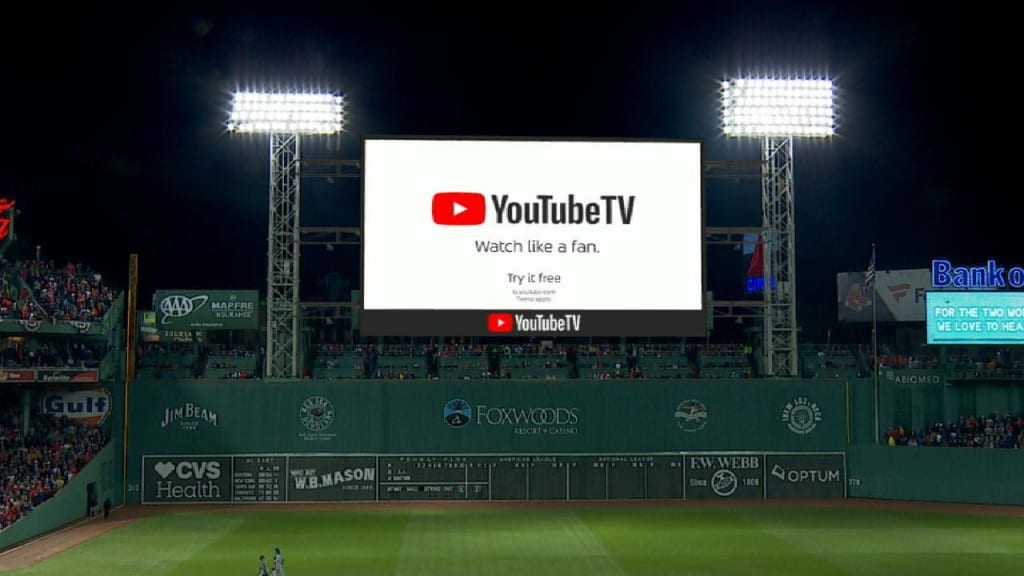By David Goldman, Sports Editor
Have you ever watched a basketball game and realized that the DoorDash logo you just saw on the court is now a Hotels.com ad? What about when there is an intricate Capital One logo that appears to be painted on the back of the pitcher’s mound? These are examples of virtual advertising that have taken over the world of sports—without many even realizing it.
Virtual advertising is the use of digital technology to insert computer-generated advertisements into live or pre-recorded shows and sports games. This type of advertising was first seen in the late 90s during sports broadcasts. As one can imagine, the use of the technology at this early stage was pretty simple, as company logos would be placed onto the playing field itself or in the background. However, these were fairly easy for viewers to spot, and it was clear that they were computer-generated.
During a Sunday Night Football broadcast in 1998, the virtual first-down marker was introduced and changed how viewers watched football. The marker is a yellow line on the field that indicates where the next first down is. Although it is not an advertisement, the virtual first down was still a significant development in the technical aspect of sports broadcasting. It made the game easier to understand for fans and has since become an essential feature of all NFL broadcasts.
In 2006, the FIFA World Cup in Germany marked another major milestone for virtual advertising in sports. The event introduced the concept of regional virtual advertising, where various advertisers were able to target different regions of the world with customized advertisements. This meant that viewers in America saw different ads on the stadium board than those in Germany.
The concept was revolutionary—it allowed companies around the world to advertise their business to their geographic target audiences while also preventing viewers from seeing ads irrelevant to them. In addition, the World Cup allowed for static and dynamic ads during the broadcast. Static ads would remain constant for the whole match, while dynamic ads could be changed throughout to provide opportunities for other brands to advertise.
Since then, virtual advertising has made its way into many other professional sports, including baseball, basketball and hockey. In the MLB, virtual advertising is most commonly seen on the outfield wall, behind home plate and on the pitcher’s mound. These are places that are most seen in the broadcast shot, so placing computer-generated ads here makes most sense in terms of exposure.
During an NBA broadcast, virtual advertising can most commonly be seen on the court itself closest to the sidelines. These ads are mostly dynamic and change throughout the game. With advancements in production technology, the computer-generated ads look seamless on the court even when players are running over them.
Virtual advertising is also very common in the NHL. Ads and logos can be projected onto the ice, which are not only visible to fans at home but also to fans at the arena. Another common spot for hockey broadcasts to display computer-generated ads is along the perimeter of the rink. Similar to baseball and basketball, these ads may change throughout the game so that different brands are focused at certain points in the broadcast.
Virtual advertising is a valuable tool that has certainly evolved over the years. The technology allows brands to focus their advertisements to certain regions, which creates an overall more effective marketing scheme. Throughout the years, broadcasts have mastered the art of displaying computer-generated ads on the features of a sports venue that get the most airtime. We can only imagine that this technology will evolve even further in the coming years.
This article originally appeared on page 17 of the December 2023 edition of The Gettysburgian’s magazine.


